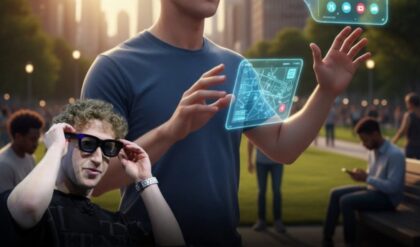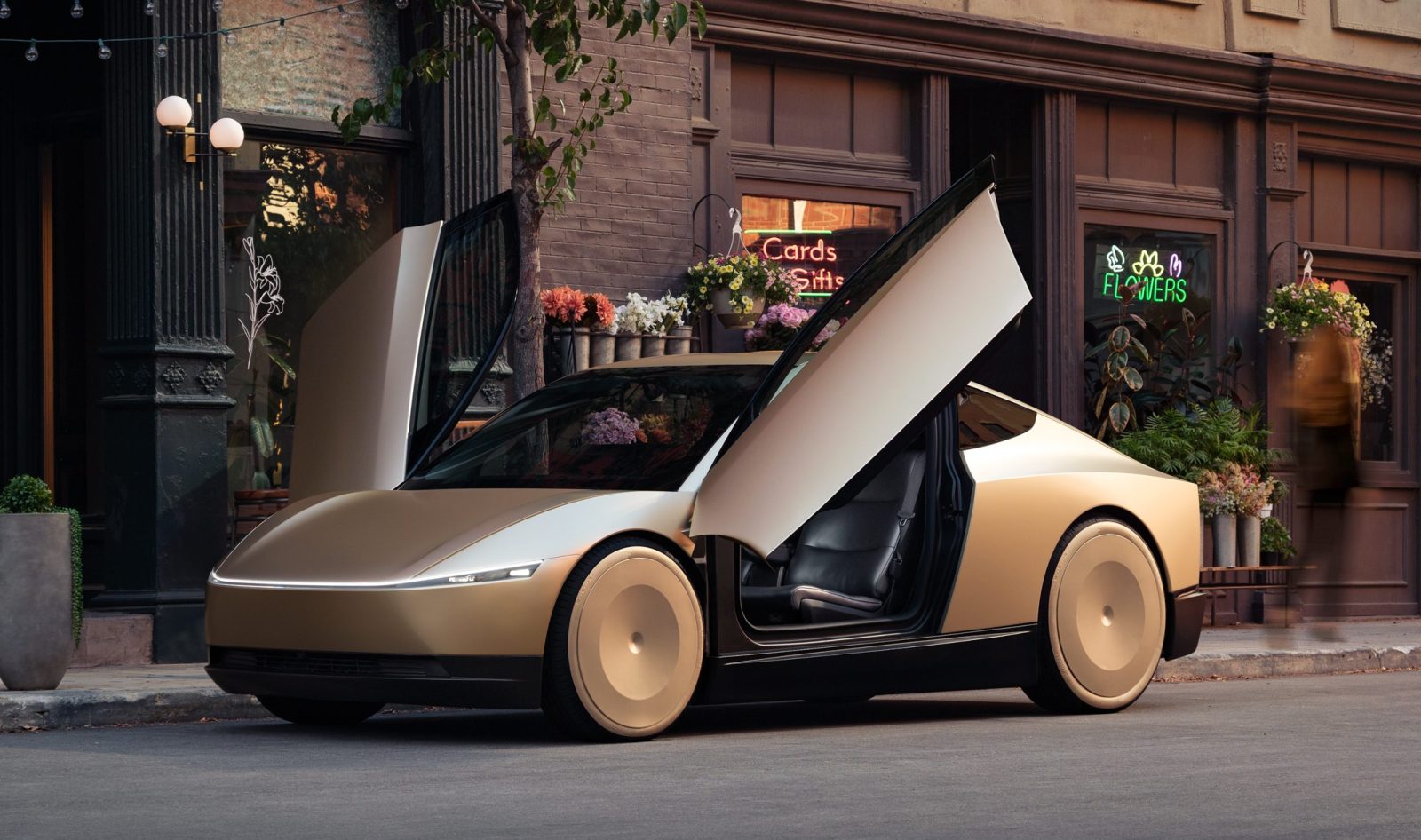
In a bold statement that has captured the attention of the automotive world, Elon Musk has announced that next year’s Tesla vehicles will be capable of self-driving 90% of the time. This ambitious claim has sparked both excitement and skepticism, with Musk positioning this development as a pivotal moment for Tesla’s future.
As the company faces significant challenges, including a sharp drop in stock prices and increasing competition in the electric vehicle (EV) market, Musk is betting that a breakthrough in autonomous driving will help Tesla regain its momentum.
But will this vision become a reality? And what are the potential benefits and risks associated with self-driving cars? Let’s explore Musk’s promises, the timeline for self-driving technology, and the potential impact on Tesla’s financial outlook.
Elon Musk has long been a champion of self-driving technology, with Tesla’s Autopilot and Full Self-Driving (FSD) features already available in some vehicles. However, Musk’s latest announcement goes further, claiming that by next year, Tesla cars will be capable of driving themselves 90% of the time.

This would represent a major leap forward in Tesla’s autonomous driving capabilities, positioning the company at the forefront of the self-driving revolution.
While Tesla’s Autopilot feature has made headlines in recent years, the company’s self-driving system is still not fully autonomous and requires the driver to maintain attention on the road.
Musk’s new goal of 90% autonomy suggests that Tesla is moving closer to a fully self-driving vehicle, but it also raises questions about the feasibility and safety of such a system. After all, while Tesla has made great strides in the development of self-driving technology, it is still far from being a perfect solution.
Musk has consistently stated that he believes fully autonomous vehicles will drastically reduce accidents, improve traffic flow, and eventually change the way people view transportation.
However, making the leap from the current level of automation to the level Musk is promising is no small feat, and many experts are questioning whether the timeline Musk has set is realistic.
Tesla’s stock price has taken a hit in recent months, and competition in the EV market is intensifying. With established automakers like Ford and General Motors ramping up their electric vehicle production, and new players entering the market, Tesla is under pressure to maintain its dominance. Musk’s aggressive push to roll out self-driving technology is seen as a way to not only restore confidence in Tesla but also to maintain its competitive edge.
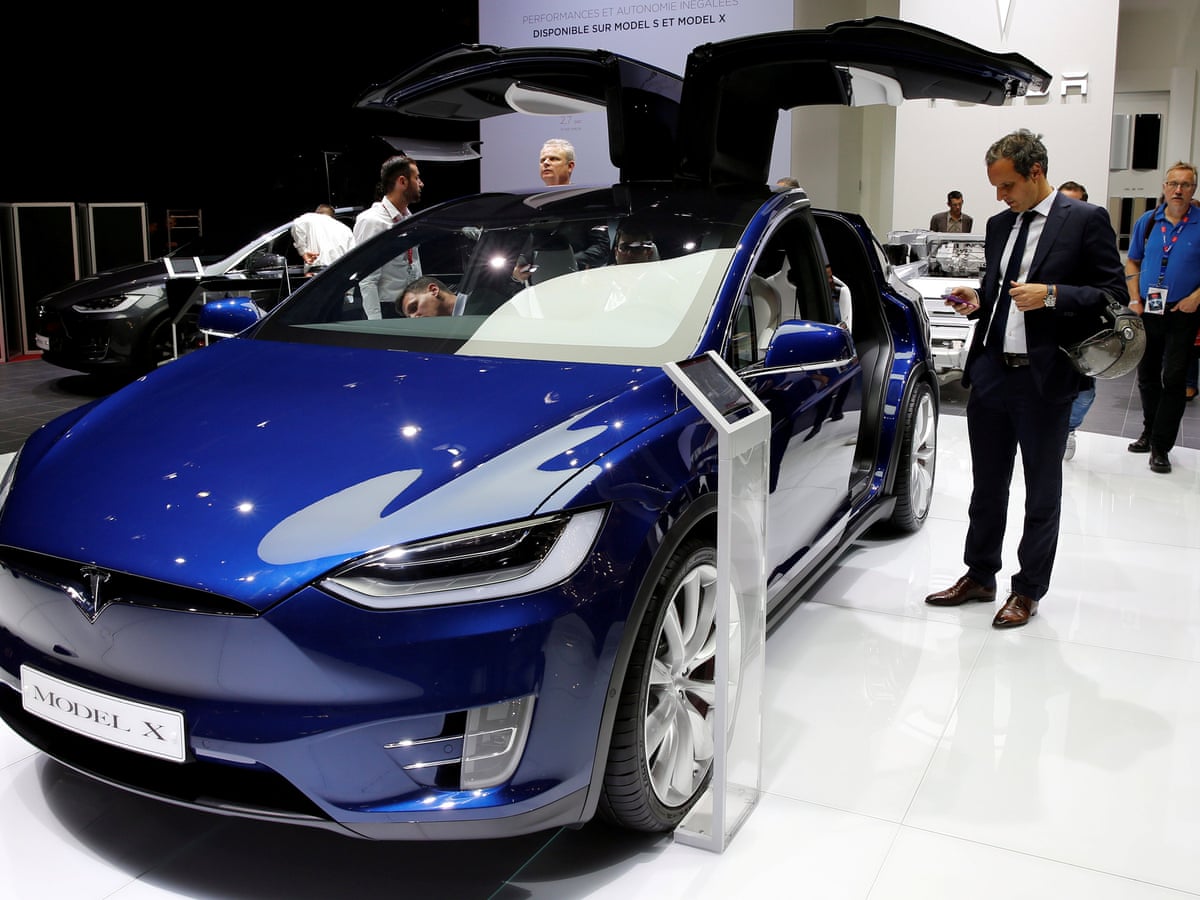
The promise of self-driving cars is enticing for several reasons. If Musk’s vision comes true, Tesla could become a leader in the self-driving car industry, creating an entirely new revenue stream for the company. Self-driving vehicles could also be more attractive to consumers, offering a level of convenience and safety that traditional vehicles cannot match.
In addition to the potential for increased consumer demand, self-driving technology could enable Tesla to further innovate in the realm of shared mobility. If autonomous cars can drive themselves, Tesla could expand into ride-hailing services, with Tesla vehicles acting as self-driving taxis. This would significantly increase the utilization of Tesla’s fleet and create a new business model that could help Tesla offset declining car prices and improve its bottom line.
With all eyes on Tesla’s next move, Musk is pushing to bring this technology to market as quickly as possible, hoping that it will be the key to Tesla’s recovery. However, the rush to introduce this technology could also present risks, particularly if the system isn’t ready for mass deployment.
Despite Musk’s optimism, there are several factors that could prevent Tesla from achieving 90% autonomy by next year. The development of self-driving technology is complex, requiring significant advances in artificial intelligence, sensors, and machine learning.
While Tesla has made great progress, the current level of autonomy still requires human supervision, and there have been incidents where Tesla vehicles operating in Autopilot mode have been involved in accidents.

Additionally, self-driving technology must navigate a variety of unpredictable and complex scenarios, such as inclement weather, construction zones, pedestrians, and other variables that can make autonomous driving difficult to manage. While Tesla’s system has been trained on millions of miles of data, there is still a long way to go before the technology can reliably handle every situation on the road without human intervention.
Regulatory hurdles also pose a significant challenge. While Tesla is pushing to deploy its self-driving cars as quickly as possible, governments around the world have been slow to approve fully autonomous vehicles for widespread use.
In many places, self-driving cars are still subject to strict regulations and oversight, meaning Tesla may face delays in launching fully autonomous vehicles in certain regions.
Given these challenges, it’s unclear whether Tesla will be able to meet its ambitious goal of 90% autonomy within the proposed timeframe. While the company is undoubtedly making progress, the timeline for achieving fully self-driving cars may need to be extended.
If Tesla is successful in rolling out self-driving technology, the benefits could be significant. First and foremost, self-driving cars have the potential to dramatically improve road safety.
According to the National Highway Traffic Safety Administration, 94% of crashes are caused by human error. With fully autonomous vehicles, the risk of accidents caused by factors such as distracted driving, fatigue, or impaired driving could be greatly reduced.
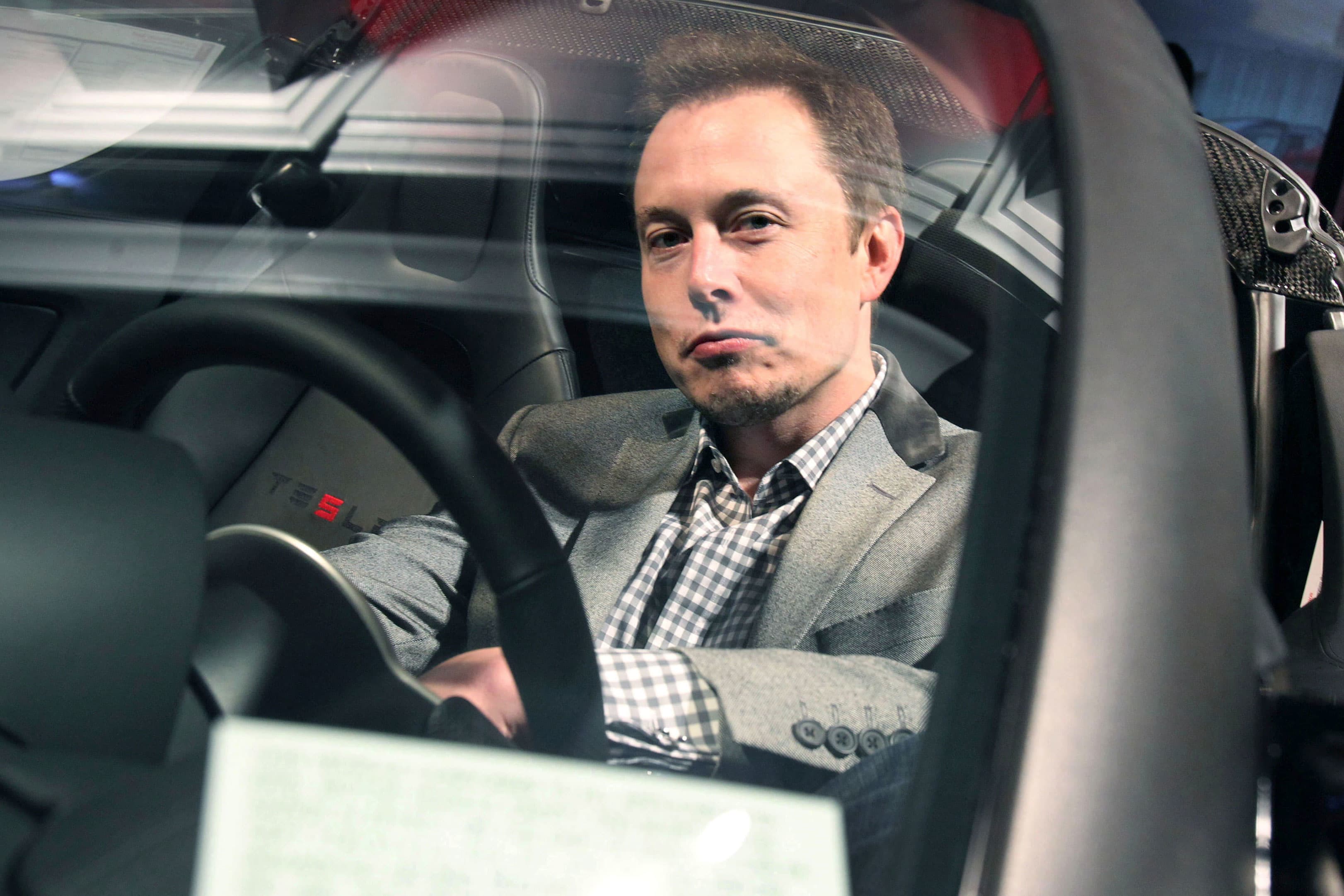
Self-driving cars could also improve traffic efficiency by reducing congestion and enabling vehicles to communicate with one another to optimize driving patterns. This could lead to smoother traffic flow, less time spent in traffic jams, and a reduction in fuel consumption.
For consumers, the convenience of a self-driving car is a game-changer. Passengers would be able to relax, work, or sleep while their car takes them to their destination. This could lead to a shift in how people think about transportation, with individuals relying less on traditional car ownership and more on autonomous ride-hailing services.
However, the drawbacks of self-driving cars cannot be ignored. The technology is still in its infancy, and there are concerns about the reliability and safety of autonomous vehicles, particularly in unpredictable real-world situations.
Additionally, widespread adoption of self-driving cars could lead to job losses in industries such as trucking, delivery, and ride-hailing, as autonomous vehicles replace human drivers.
The potential revenue generated by self-driving technology could be immense. If Tesla succeeds in developing fully autonomous vehicles, the company could unlock a variety of new business opportunities. These could include expanding into ride-hailing, offering autonomous taxi services, and even licensing its self-driving software to other automakers.
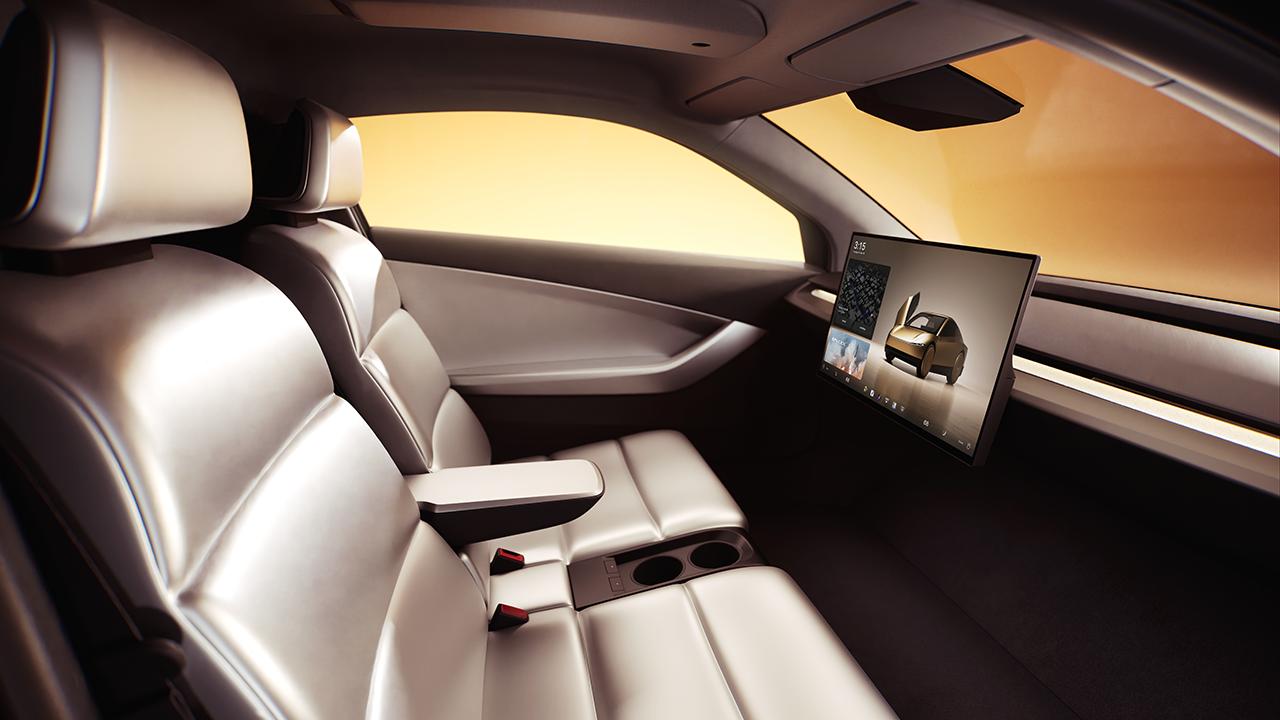
However, this potential revenue is contingent on Tesla’s ability to bring the technology to market and overcome the challenges associated with regulatory approval and consumer adoption. If Tesla can achieve full autonomy, it could generate billions of dollars in new revenue streams, providing a much-needed boost to its financials.
On the other hand, if Tesla fails to meet its self-driving goals or faces significant delays, the company’s financial outlook could remain bleak. As Tesla continues to struggle with falling car prices and increasing competition in the EV space, the promise of self-driving cars may not be enough to turn the company’s fortunes around.
Elon Musk’s promise of 90% self-driving capability for Tesla cars by next year is certainly ambitious, and while the technology has the potential to transform the automotive industry, there are significant challenges that Tesla must overcome. From technical hurdles to regulatory obstacles, the road to fully autonomous driving is fraught with complexities.
For Tesla, the stakes could not be higher. As the company faces increased competition and a sharp decline in its stock price, self-driving cars may be the key to securing Tesla’s future.
Whether Musk can deliver on his promise remains to be seen, but one thing is clear: the next year will be crucial in determining whether Tesla can fulfill its ambitious goals and maintain its position as a leader in the automotive world.


